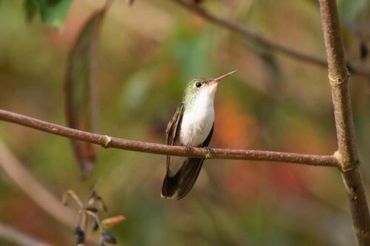Biodiversity Surveys of Placencia Lagoon
Project Description
Placencia Lagoon is rich in biodiversity, however its beauty is attracting rapid (unsustainable) development, which is having a negative impact on wildlife that is both of ecological and cultural importance to the local communities. Community members have suggested increase rate of dredging and removal of seagrass and mangroves, the loss of littoral forest and other native trees, as well as pollution as the culprits to the decline in crocodiles, manatee, jaguar, tapir, toucans, and other wildlife in the Placencia Lagoon.
The paucity of data on biodiversity of crocodilian habitats hinders the ability conservation managers to properly assess how anthropogenic disturbances and climate change affect wildlife. Currently, the Placencia Lagoon is under the process of becoming a designated Wildlife Sanctuary, however, more data about the status of various wildlife needs to be studied.
We conduct the following various surveys around the Placencia Lagoon to obtain information about aquatic and terrestrial wildlife:
- Performing bird surveys following PROALAS protocol (eBird) during migratory season
- Conducting drone surveys to monitor the aquatic wildlife of Placencia Lagoon and Flower Camp Lagoon
- Analyze images from game camera traps
- Conducting crocodile nocturnal eyeshine surveys to determine population density.
The Placencia Lagoon is one of the last remaining hotspots for various endangered wildlife in this region. We anticipate that this study will provide awareness and garner more interest in protection by the local and international community, as well as provide the necessary data for government to establish the lagoon as a Wildlife Sanctuary, which will limit further negative impact.












This website uses cookies.
We use cookies to analyze website traffic and optimize your website experience. By accepting our use of cookies, your data will be aggregated with all other user data.